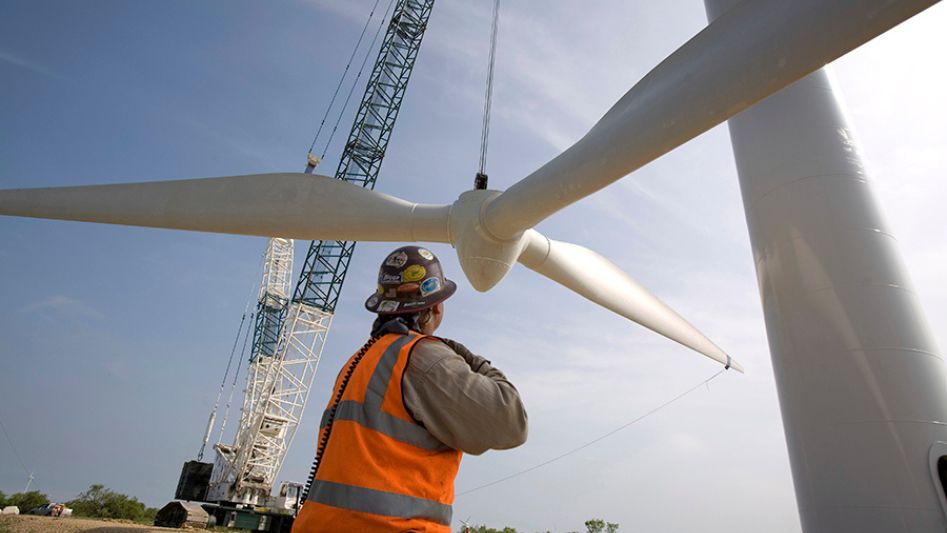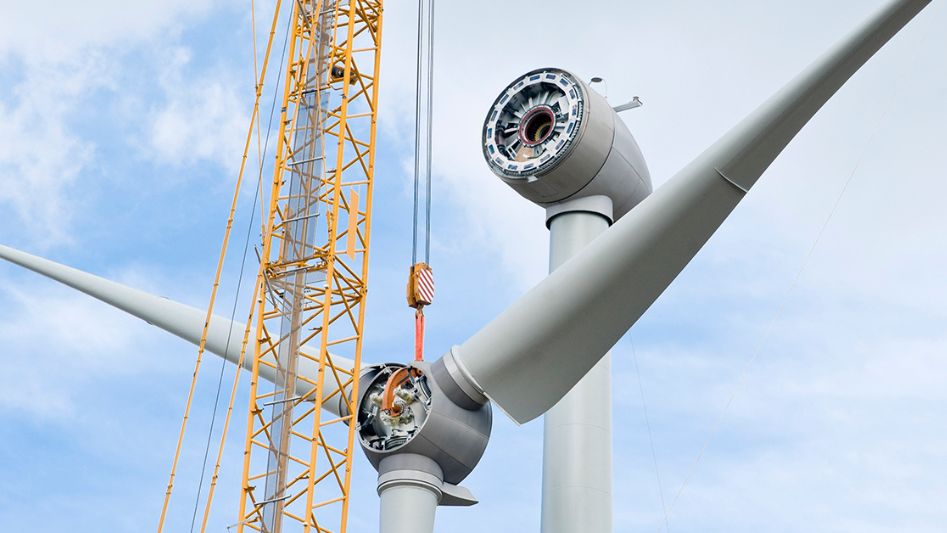In the quest for a sustainable future, the world is turning to renewable energy sources such as solar and wind power. The transition towards these clean energy alternatives is driven by the urgent need to address climate change and reduce carbon emissions. A Green Alliance is emerging, highlighting the co-benefits of carbon neutrality for both solar and wind energy. This article delves into the various advantages of this alliance and explores how it contributes to a greener and more sustainable world.
Table Of Content
We invite you to read: “The Social Impact of Wind Energy: Job Creation and Economic Development”

A Green Alliance: Carbon Neutrality’s Co-benefits
The alliance between carbon neutrality and solar and wind energy brings forth a range of co-benefits that extend beyond environmental advantages. Let’s delve deeper into these co-benefits and understand how they contribute to a greener future.
1. Environmental Benefits
Solar and wind energy systems produce electricity without emitting harmful greenhouse gases into the atmosphere. By harnessing the power of the sun and wind, we can significantly reduce our carbon footprint. Solar panels convert sunlight into electricity, while wind turbines generate power from the natural force of wind. Both methods provide clean energy solutions that combat climate change and protect our environment for future generations.
2. Energy Independence
One of the significant advantages of solar and wind energy is the potential for energy independence. Unlike traditional fossil fuel sources that rely on imports and finite resources, solar and wind power are renewable and abundant. By embracing these sustainable alternatives, countries can reduce their dependence on foreign energy sources and enhance their energy security. This shift empowers nations to have greater control over their energy production and consumption, leading to a more stable and resilient energy infrastructure.
3. Job Creation
The transition to solar and wind energy creates a wealth of job opportunities across various sectors. From manufacturing and installation to research and development, the renewable energy industry offers a diverse range of employment prospects. According to the International Renewable Energy Agency (IRENA), the renewable energy sector employed over 11 million people globally in 2018. By investing in solar and wind energy, countries can stimulate economic growth, foster innovation, and promote job creation in a sustainable industry.
We invite you to read: “Wind Energy in Reducing Dependence on Fossil Fuels”

4. Economic Benefits
The adoption of solar and wind energy contributes to a vibrant and sustainable economy. Renewable energy projects attract investments, drive technological advancements, and stimulate local economies. As the cost of renewable energy technologies continues to decline, they become increasingly competitive with fossil fuels. This affordability factor opens up new avenues for economic growth, while reducing the overall cost of energy production and consumption. Furthermore, the Green Alliance supports the development of a robust and resilient energy infrastructure that can withstand the challenges of climate change and ensure long-term economic prosperity.
5. Public Health Improvement
Traditional energy sources, such as coal and oil, release pollutants that have detrimental effects on public health. By transitioning to solar and wind energy, we can significantly improve air quality and reduce the incidence of respiratory diseases and other health issues associated with pollution. Solar and wind power generation systems operate without emitting harmful pollutants, making them a clean and healthy energy choice. The Green Alliance not only helps combat climate change but also enhances the well-being and quality of life for communities around the world.
6. Technological Innovation
The Green Alliance spurs technological innovation and advancements in the renewable energy sector. As the demand for solar and wind energy increases, research and development efforts accelerate, leading to breakthroughs in energy storage, efficiency, and integration. These advancements have a ripple effect across various industries, facilitating the development of smart grids, electric vehicles, and energy-efficient technologies. By embracing the Green Alliance, we foster an environment of innovation and drive the transition towards a sustainable and technologically advanced future.
We invite you to read: “Wind Energy in Developing Countries: Challenges and Opportunities”

Conclusion
The Green Alliance between carbon neutrality and solar and wind energy represents a significant step towards a sustainable future. By embracing these renewable energy sources, we can reap a multitude of co-benefits that extend beyond environmental advantages. From job creation and economic growth to improved public health and technological innovation, the Green Alliance paves the way for a greener, cleaner, and more prosperous world. Let us join forces and harness the power of solar and wind energy to build a sustainable future for generations to come.
FAQ
How do solar panels work?
Solar panels contain photovoltaic cells that convert sunlight into electricity. When sunlight hits the panels, the cells create an electric field that generates a direct current (DC). This DC power is then converted into alternating current (AC) by an inverter, making it suitable for use in homes and businesses.
Are wind turbines noisy?
Modern wind turbines are designed to minimize noise levels. While they do produce some noise, advancements in technology have significantly reduced the impact. Wind turbines are typically located in areas away from residential zones to ensure minimal disturbance to nearby communities.
Can solar and wind energy meet our energy demands?
Yes, solar and wind energy have the potential to meet a significant portion of our energy demands. As technology continues to improve and investments in renewable energy increase, the capacity for solar and wind power generation expands. However, it is essential to employ a diverse mix of renewable energy sources and continue exploring innovative solutions to meet the growing energy needs.
How do solar and wind energy contribute to carbon neutrality?
Solar and wind energy systems generate electricity without burning fossil fuels, which reduces carbon dioxide emissions. By transitioning to these renewable energy sources, we can replace carbon-intensive power generation methods and achieve carbon neutrality by minimizing our overall greenhouse gas emissions.
You May Also Like
- How Wind Energy Can Contribute to a Zero-Carbon Future
- Africa’s Largest Onshore Wind Farm Secures $10 Billion Investment and Targets 10GW Power Generation
- Massive Offshore Wind Venture: Orchid Energy Introduces 10 GW Plans for Queensland
- Wind Energy and Sustainable Transportation: A Perfect Match
- The Relationship between Wind Energy and Climate Resilience
External Links
- Co-benefits of carbon neutrality in enhancing and stabilizing solar and wind energy
- Worldwide carbon neutrality transition? Energy efficiency, renewable, carbon trading and advanced energy policies
- Carbon peak and carbon neutrality in China: Goals, implementation path and prospects
- What is Carbon Neutral: Meaning and Examples
- Countering Climate Change With Renewable Energy Technologies

